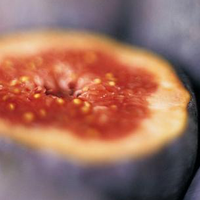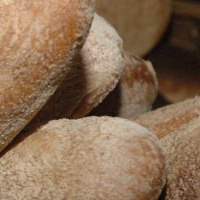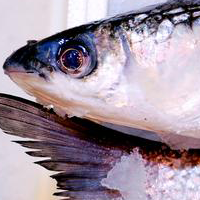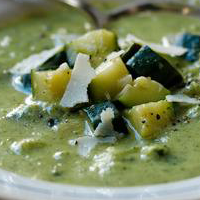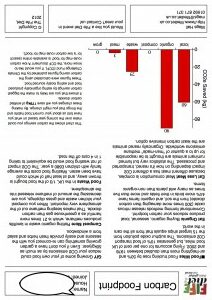 Something between 20% and 50% of every household’s carbon footprint comes from the food we eat, and waste. This arises from the fossil fuels used in growing the food, fertilisers and pesticides, loss of soil carbon through cultivation and from rainforest land cleared to grow palm oil or for soya for animal feed, from transport and processing, methane from cattle waste, from food packaging, refrigeration, driving to the shops, from waste food rotting in landfill….
Something between 20% and 50% of every household’s carbon footprint comes from the food we eat, and waste. This arises from the fossil fuels used in growing the food, fertilisers and pesticides, loss of soil carbon through cultivation and from rainforest land cleared to grow palm oil or for soya for animal feed, from transport and processing, methane from cattle waste, from food packaging, refrigeration, driving to the shops, from waste food rotting in landfill….
Food miles are actually a rather small part of this footprint and there are instances where, in carbon terms, in makes more sense to eat imported rather than locally grown produce. But that depends on whether we insist on eating tomatoes in the middle of winter or whether we can learn to enjoy food in season once again. In general terms, a sustainable, low-carbon diet will mean us eating much less meat and much more seasonal, local and organic produce.
We are fortunate that Scotland is able to produce a wide range of high quality food. There is no reason why we couldn’t have a varied, nutritious diet based largely on local and Scottish produce in season. Getting there however will require a transformation of our current food economy. Making it easier for consumers to easily identify local produce is a small part of that.
For more information about the carbon footprint of our food and how we can ensure a secure food supply in the face of climate change, see these reports collated by our friends at Fife Diet
To join a growing network of individuals, producers and organisations working for a sustainable Scottish food system, visit Nourish Scotland -working to reconnect producers, growers, retailers, consumers and all who care for local, sustainable food in Scotland.
![Feed your family from 50 miles [WEBSITE ARCHIVED 2015]](https://ourlocality.org/fiftymiles/files/2014/05/feed-your-family.png)
